Picture yourself sipping a steaming bowl of ramen. Its rich broth warms your soul. You savor the tender noodles and flavorful toppings. Now imagine cozying up to a hot pot. You’re surrounded by loved ones. Together, you dip various ingredients into the bubbling broth. These are just a few examples of warming Japanese dishes. Japanese cuisine offers many comfort foods for chilly winter days. This article will take you on a culinary journey. We’ll explore the world of Japanese winter food. We’ll introduce a variety of dishes. These meals will leave you feeling satisfied and comforted.
Popular Japanese Winter Food: Hot Pot Delights

What is Hot Pot?
Hot pot, known as “nabe” in Japanese, is a communal meal in which a flavorful broth is served in a large metal pot in the center of the table. Diners use a portable stove to keep the broth simmering throughout the meal. They add raw ingredients such as thinly sliced meats, seafood, vegetables, and tofu to the bubbling liquid and cook them to their liking. Popular hot pot styles include sukiyaki, with a sweet soy-based broth, and shabu-shabu, with a light kombu dashi broth. Restaurants often offer several broth options, from spicy miso to rich tonkotsu. Diners typically enjoy hot pot during the colder months, making it a popular winter comfort food in Japan. After the ingredients are cooked, they can be dipped in ponzu or sesame-based sauces for added flavor. Some variations even add noodles or rice at the end to soak up the remaining broth.
Popular Types of Hot Pot in Japan
In Japan, hot pot encompasses a variety of popular styles, each with distinct flavors and preparation methods.
Shabu-Shabu
Shabu-shabu is perhaps the most recognized, where diners quickly swish thinly sliced beef or pork in a pot of boiling water or broth, accompanied by an array of fresh vegetables and tofu.

Sukiyaki
Sukiyaki offers a sweeter alternative, combining thinly sliced meat with vegetables, tofu, and noodles simmered in a soy sauce-based broth enriched with sugar and mirin.
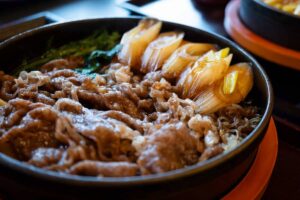
Nabemono
Another beloved type is nabemono, which refers to various hot pot dishes typically enjoyed during colder months, such as gyunabe, a beef hotpot stewed in miso or soy sauce, seri nabe, a root-rooted seri in a soy sauce-based soup made with duck or chicken stock, and chanko-nabe, popular among sumo wrestlers for its hearty, protein-rich components.

Cultural Significance of Hot Pot
In Japanese culture, hot pot holds significant social importance, serving as a symbol of togetherness and shared experiences. Commonly enjoyed during family gatherings, celebrations, and seasonal festivities, particularly in winter when the warmth of the pot provides comfort. The communal nature of hot pot dining encourages conversation and bonding among participants, as everyone contributes to cooking and sharing the meal.
Noodles: A Staple for Japanese Winter Comfort Food
Different Types of Japanese Noodles
Ramen
Characterized by curly, wheat-based strands, ramen is perhaps the most famous Japanese noodle dish. Cooks typically serve it in a savory broth. They often make this broth from pork, chicken, or miso. Various toppings accompany the noodles. These may include sliced pork, green onions, and nori.
Udon
Udon is another beloved noodle, known for its thick, chewy texture, made from wheat flour. It is usually served in a hot broth or chilled with a dipping sauce.
Soba noodles
Soba noodles, made from buckwheat flour, have a nutty flavor and enjoyed hot or cold. It is often paired with dipping sauces or in soups. Each type of noodle not only contributes to the dish’s flavor and texture but also reflects regional variations and culinary traditions within Japan.
Popular Japanese Winter Food: Noodle Dishes
During the winter months, certain noodle dishes in Japan become especially popular due to their comforting and warming qualities.
Tonkotsu Ramen
Tonkotsu ramen, with its rich, creamy pork bone broth, is a hearty choice that warms the soul on chilly days.
Yakiudon
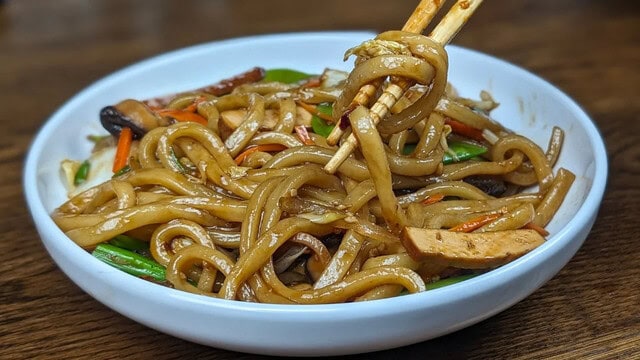
Another favorite is yakiudon, stir-fried udon noodles tossed with a mix of vegetables and proteins, creating a satisfying meal that’s perfect for family gatherings.
Tempura soba

Tempura soba, featuring soba noodles served hot in a flavorful broth topped with crispy tempura, is another winter staple that combines the comforting warmth of soup with the satisfying crunch of fried vegetables or seafood.
Rice-Based Warmth: Japanese Winter Food
Rice is a fundamental component of Japanese cuisine, serving as the cornerstone of most meals. Known as “gohan,” which means both “rice” and “meal,” it holds a central place in Japanese culture, symbolizing nourishment and abundance. The high quality of Japanese rice, particularly varieties like Koshihikari, contributes to its revered status. Served plain or with a variety of accompaniments, rice complements a wide range of dishes, from grilled fish and pickles to rich stews and soups. Several rice-based dishes become particularly popular as Japanese winter food for their comforting qualities and warmth.
Ochazuke
Ochazuke, a simple yet satisfying dish, consists of rice served with hot green tea or dashi poured over it, often topped with ingredients like pickled vegetables or grilled fish.
Donburi
Donburi, a hearty rice bowl, features various toppings such as tempura, meat, or vegetables, simmered in a savory sauce, making it a filling and warming meal.
Zosui
Zosui is a traditional Japanese rice soup or porridge typically made by simmering cooked rice in a flavorful broth, often with vegetables, proteins, and seasonings. Commonly served as a comforting and warming dish during the colder months, and is particularly popular as a way to use leftover rice.
Conclusion

Japanese winter food offers delicious and warming dishes enjoyed during colder months. Rich hot pots and flavorful noodle soups are essential parts of Japan’s culinary traditions. You might have learned something new about these dishes. They could inspire you to try them when visiting Japan. Tasting these comforting foods firsthand captures the essence of winter in Japan.
You can also try different Japanese cuisines in Japan that we recommend!

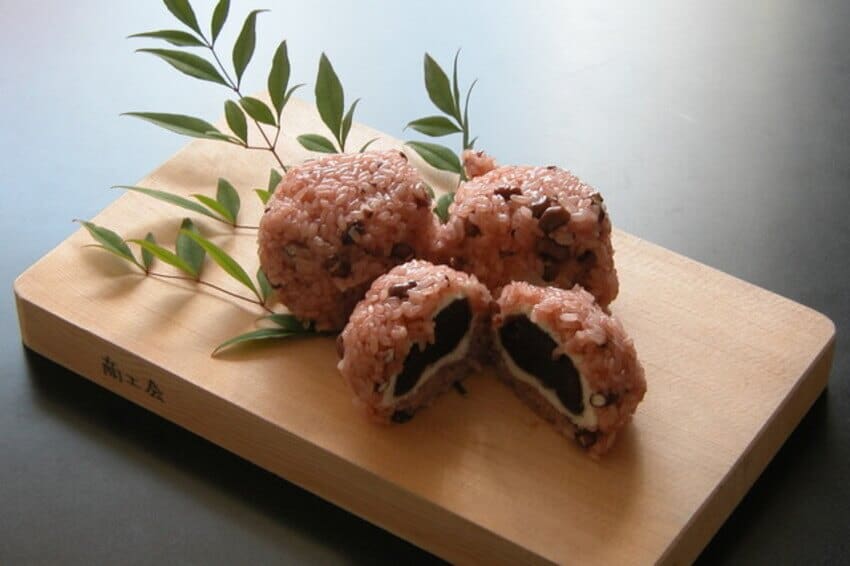











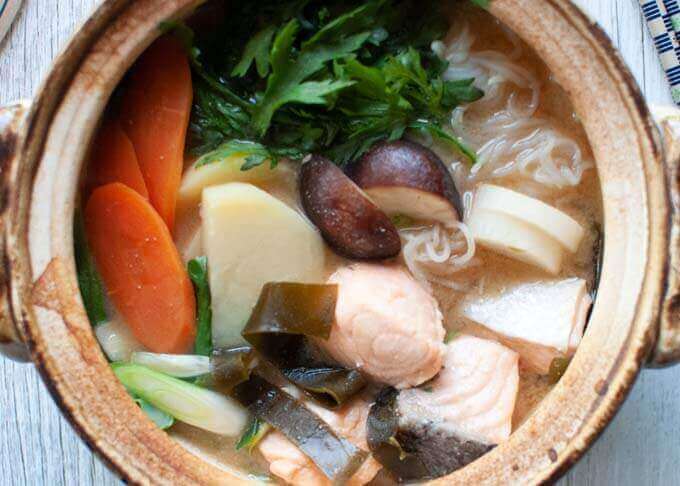



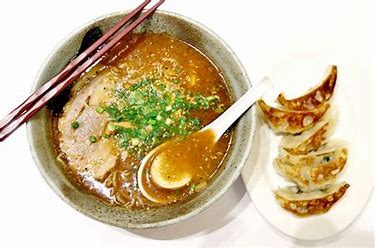
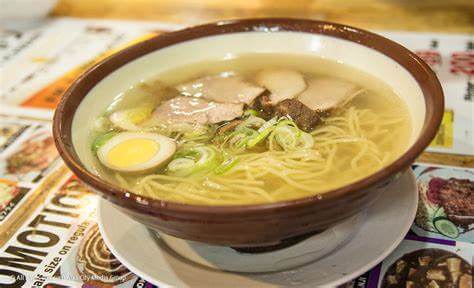








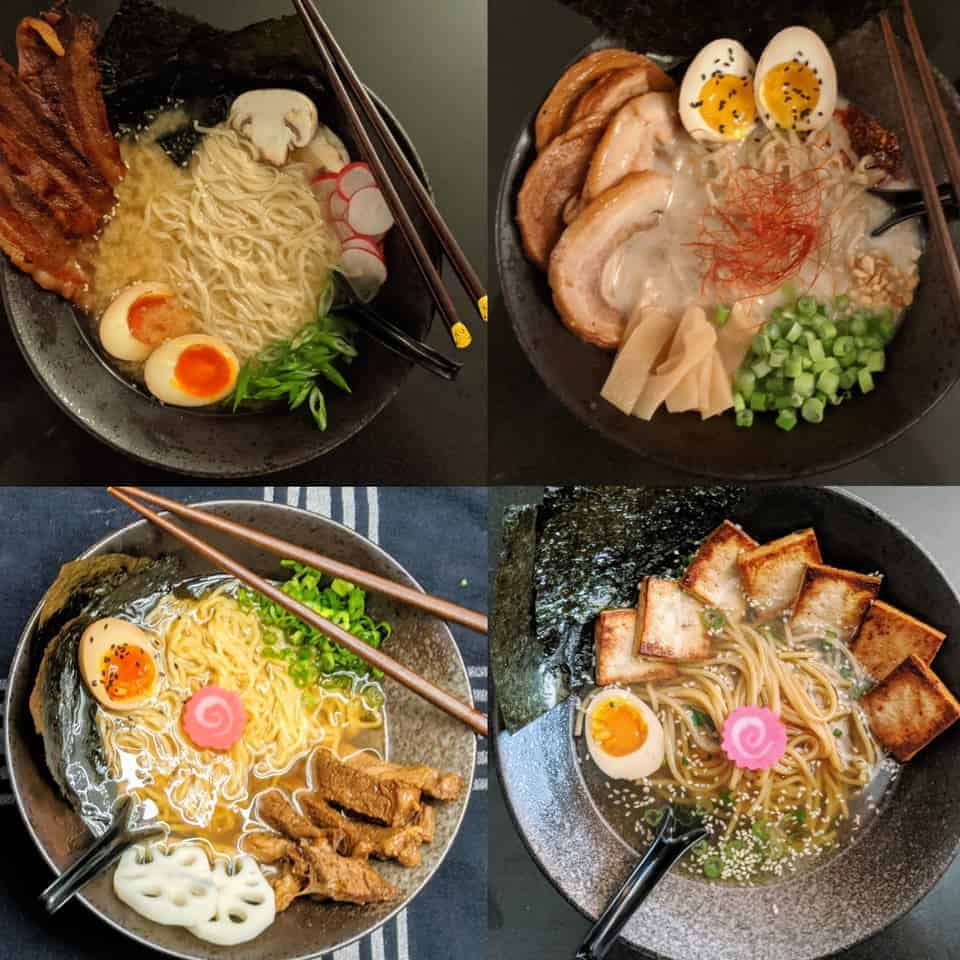








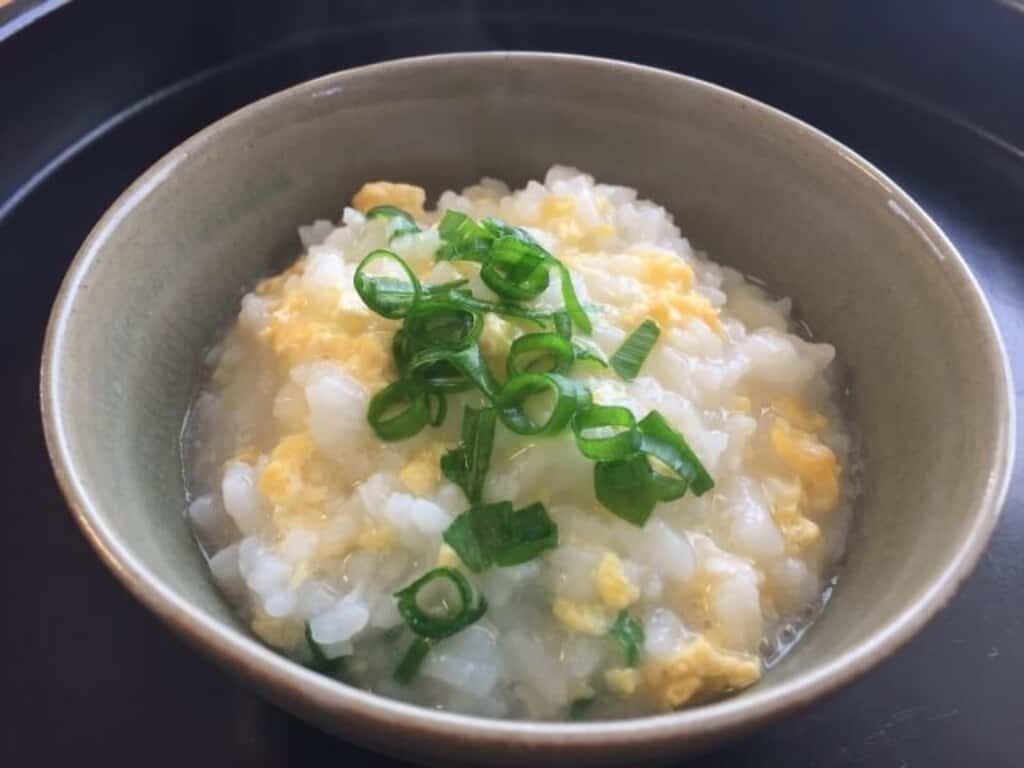









Comments